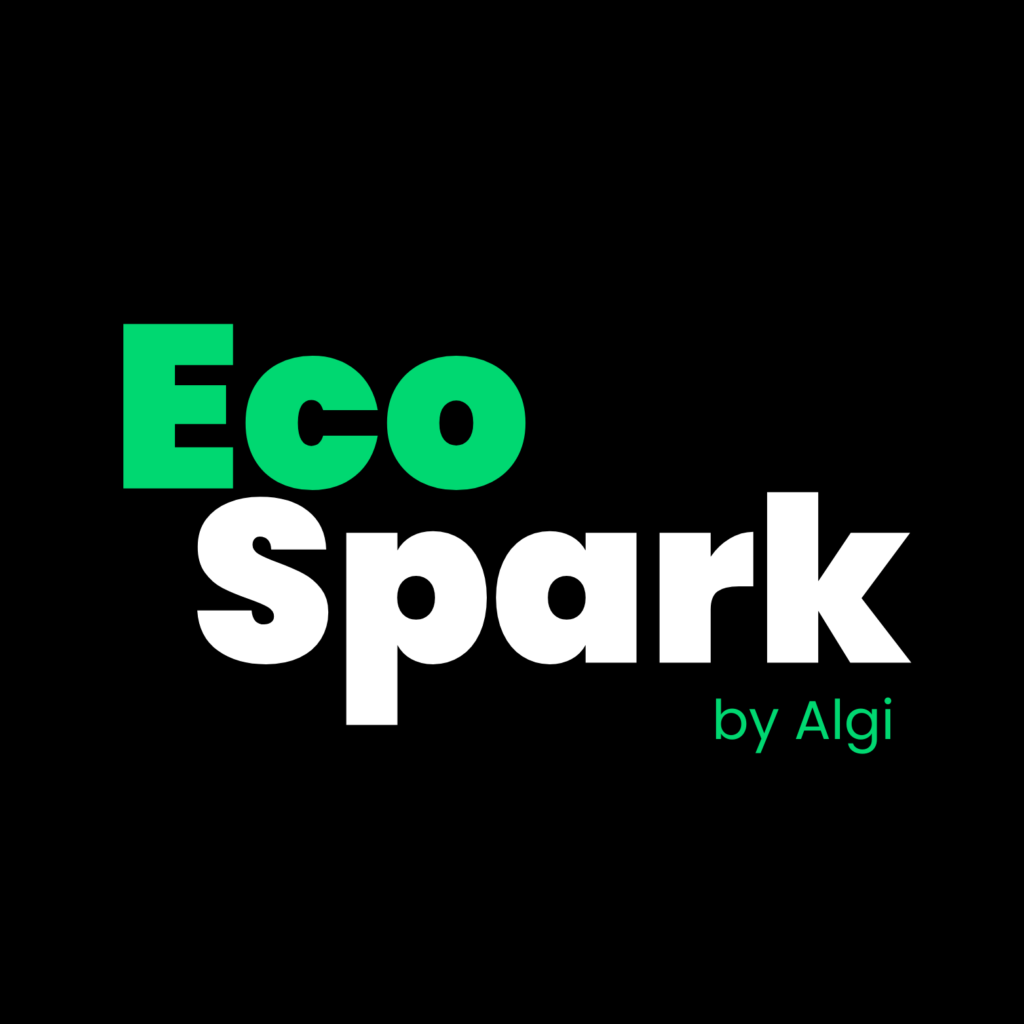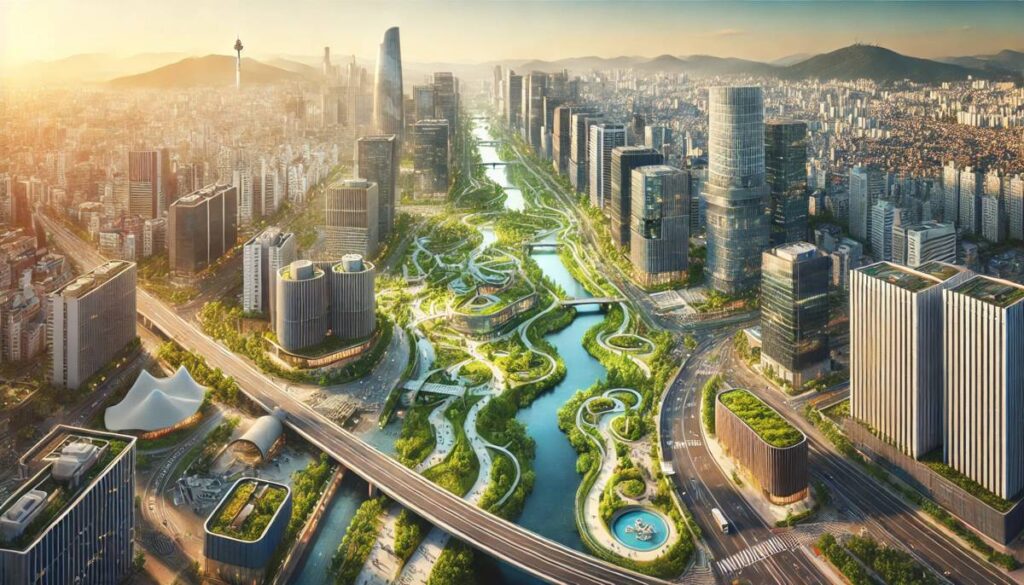
Imagine a cityscape where buildings breathe life, powering themselves while purifying the air. Streets lined with algae-based systems generate renewable energy and remove carbon dioxide from the atmosphere. Welcome to the future of urban sustainability—a vision brought closer to reality by algae. Picture skyscrapers adorned with shimmering green panels, not just aesthetically pleasing but also working tirelessly to cleanse the air and produce bioenergy.
Algi envisions a world where algae-integrated solutions redefine sustainable urban living, addressing challenges like pollution, energy scarcity, and climate change. With innovative approaches and community-driven projects, the dream of algae-powered cities is within reach.
In this blog, we explore the transformative potential of algae in urban ecosystems, detailing innovative applications, current developments, and the path to an algae-powered future.
Algae, often referred to as nature’s powerhouse, is a microscopic organism capable of converting sunlight, carbon dioxide, and nutrients into oxygen and energy. With its rapid growth and adaptability, algae hold immense potential for applications ranging from biofuels to carbon capture. Let’s delve into why algae is poised to revolutionise urban sustainability:

Cities across the globe are exploring algae-based air purification. For instance, the CityTree project by Green City Solutions uses moss and algae to absorb pollutants. Integrating similar systems into urban infrastructure could significantly reduce air pollution while enhancing the well-being of city dwellers.
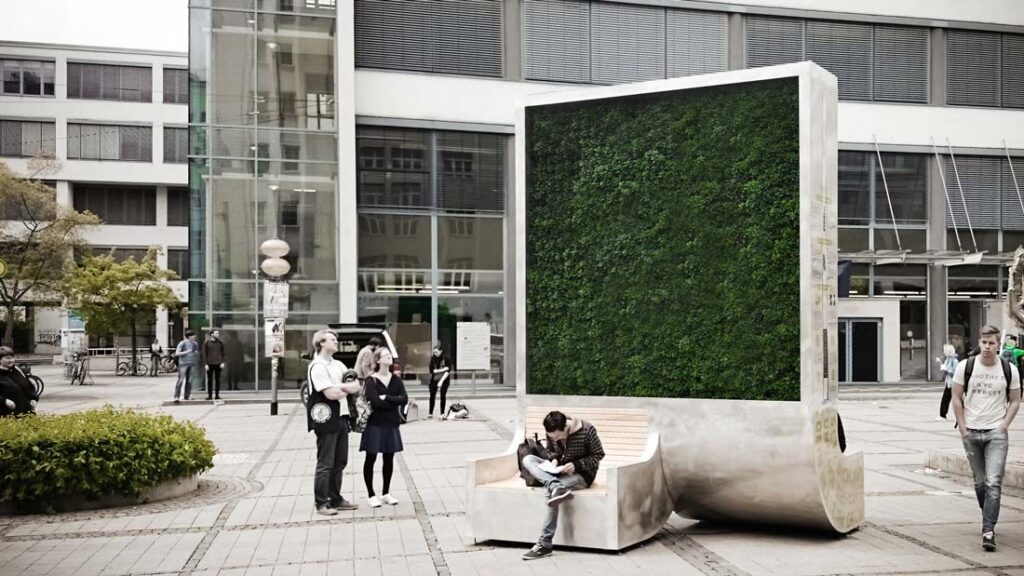
Countries like the Netherlands and Japan have already implemented algae bioenergy projects. Scaling these innovations for urban centres could power entire neighbourhoods sustainably.
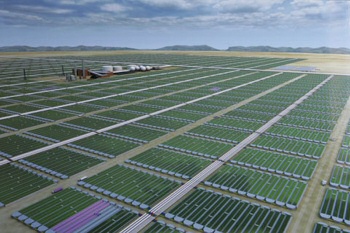
Architects and engineers are experimenting with building facades embedded with algae bioreactors. These systems not only generate energy but also provide thermal insulation, reducing building energy consumption. For instance, Hamburg’s BIQ House showcases the potential of algae as a living, energy-producing facade.
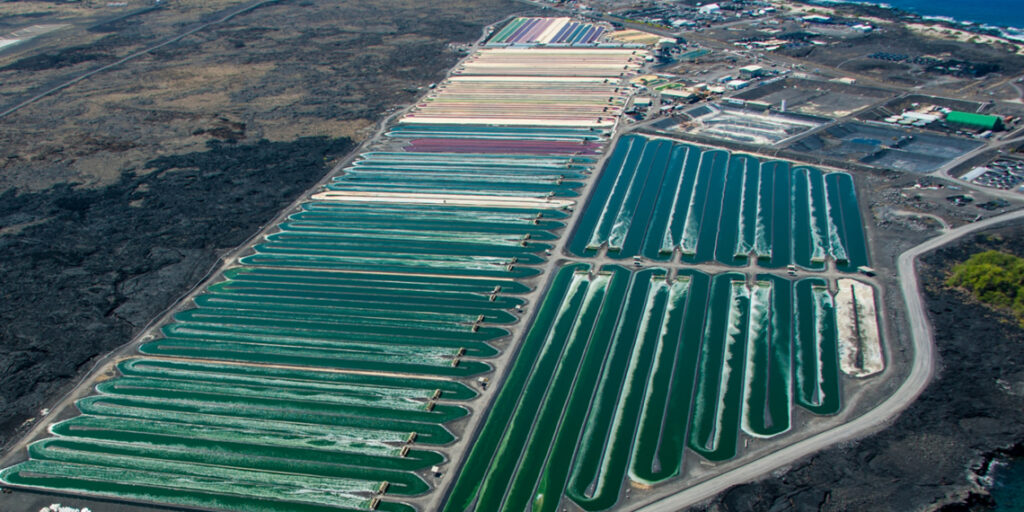
Algae farms in cities can address food security while promoting local economies. Algae is rich in protein and nutrients, making it a valuable resource for urban agriculture initiatives. Programs in Singapore demonstrate how rooftop algae farms can complement traditional agriculture in land-scarce urban areas.

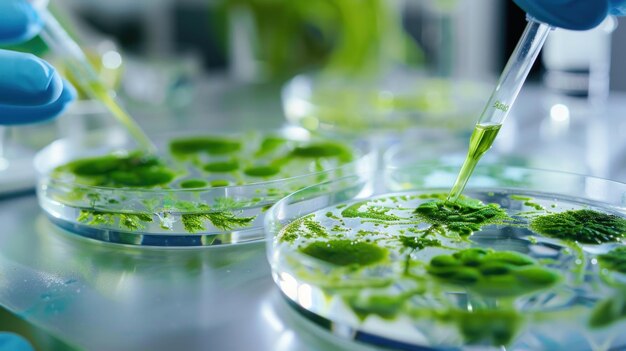
At Algi, we are dedicated to integrating algae into urban systems to create a sustainable future. Our solutions focus on:
Want to stay updated on Algi’s journey? Subscribe to our newsletter and join the movement toward a greener future.
While algae hold transformative potential, challenges like scalability, initial costs, and public awareness remain. Overcoming these hurdles requires:
The future of urban sustainability lies in innovative solutions that harmonise with nature. Algae, with its versatility and eco-friendly properties, is a cornerstone of this vision. By embracing algae-powered cities, we can create healthier, greener, and more resilient urban spaces. Algi is at the forefront of this revolution, bridging the gap between futuristic concepts and tangible solutions.
Join Algi in shaping this future. Subscribe to our newsletter and be part of the sustainable revolution.
At Algi, we’re dedicated to exploring algae’s vast potential to revolutionize sustainability. Stay informed and inspired by joining our newsletter. Let’s work together to make a difference for future generations. Subscribe today.
